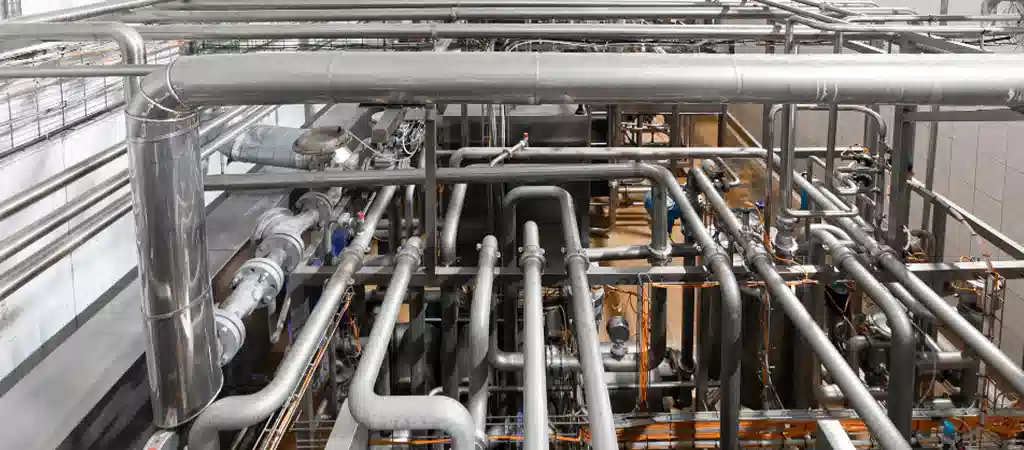Piping Introduction
PIPING: During the refining of crude oil into valuable products such as gasoline, diesel, and aviation fuel, there is one essential component is used which is a pipe. These simple cylindrical structures form the arteries of a refinery, transporting raw materials, intermediate products, and finished fuel at vast distances within the facility. In this article, we will explore the importance of pipes in the refinery industry, their types, materials, and the major challenges faced in their design and operation.
Importance of Pipes in Oil & Gas Industry
Piping, which is a common component in various industries, is of importance as the lifeline of modern infrastructure. From refineries to power plants, chemical industries to water treatment plants, and even our homes, piping systems are the backbone that enables the smooth transport of liquids, gases, and other materials.
Pipes play an important role in refining processes, serving as conduits for a variety of substances including crude oil, feedstock, catalysts and gases. Without an efficient pipe network, operations within refineries would grind to a halt, severely affecting the global energy supply chain. From transportation to distribution, refining crude oil into its infinite derivatives would be nearly impossible without a complex network of pipes.
Types of Pipes Used in Oil & Gas Industry
Process Piping: Process piping is primarily used to carry raw crude oil, intermediate products, and refined fuels through various stages of refining. These pipes must withstand high pressure, temperature fluctuations and chemical corrosion while ensuring minimum leakage.
Utility Piping: Utility piping carries materials such as water, steam, and other non-product substances needed for refining processes, such as heating, cooling, and power generation.
Instrumentation piping: Refineries use instrumentation piping to send signals and transmit data from sensors, gauges, and other measuring equipment to control systems and monitoring stations.
Materials Used in Oil & Gas Pipes
Pipe material selection is critical to ensuring safety, longevity and optimum performance in the refinery environment. Common materials used in refinery pipes include:
Carbon steel: Carbon steel pipes are widely used in refineries because of their cost-effectiveness, high strength, and resistance to pressure and temperature. However, they are sensitive to corrosion in aggressive environments, requiring protective coating and maintenance.
Stainless steel: Stainless steel pipe offers excellent corrosion resistance, making them suitable for conveying corrosive fluids in typical refinery processes.
Alloy steel: Alloy steel pipe, which contains various elements such as chromium, nickel, and molybdenum, provides increased strength and resistance to high temperatures and pressures. These are commonly used in high temperature applications, such as cracking units.
Challenges in Design and Operation
Corrosion: The presence of corrosive substances such as sulfur compounds, acids and salt water in the refining process can corrode the pipes, reduce their service life and increase the risk of leakage.
High Temperature Service: Some refining processes involve extreme temperatures, requiring pipes with strong heat-resistance properties.
Pressure Fluctuations: Pipes in refineries must withstand variable pressure conditions without compromising their structural integrity.
Safety Concerns: Ensuring the safe operation of pipes is of paramount importance in the energy industry. Regular inspection, maintenance and adherence to safety standards are important.
Conclusion
Finally, pipes are the most important component of the refinery industry. Their role in the transportation of raw materials, intermediates, and finished fuels is fundamental to the smooth functioning of the refinery process. Proper material selection, maintenance, and safety protocols are essential to ensuring the integrity and longevity of these critical tubes to protect the efficiency and safety of refineries around the world.
Read Also
Piping Interview Question Answers for Oil and Gas Companies
What is Upstream, Midstream, and Downstream in Oil and Gas Industry

3 thoughts on “What is the piping used in the refinery process in 2023 Download the Free PDF”